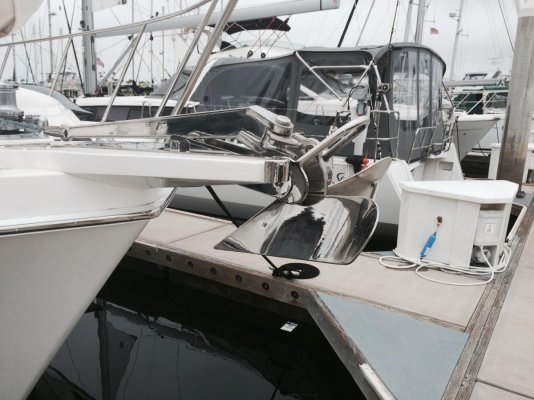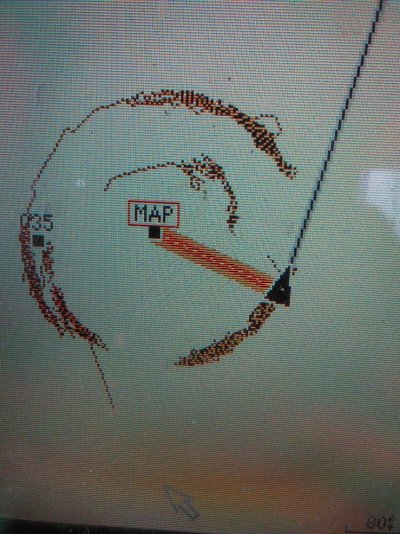Kawini
Senior Member
Our new-to-us boat comes along with a 40k Rocna, which is a good size for the boat.
My partner, however, has watched all the “SV Panope” anchor reviews available on YouTube, and on that basis has decided that Rocnas aren’t reliable in a situation requiring a reset. (We’ll be in the PNW.). There’s a post on a blog by a sailor named MorgansCloud that collects anecdotal evidence from about 20 owners who provided comments reporting the same thing.
For those of you who haven’t seen this video review, SV Panope sets the anchor in sand/mud with a 3:1 scope on all chain rode and then switches the pull 180 degrees to simulate a change in current or wind. Then, according to his tests, the anchor fails to reset after many many attempts. His hypothesis is that the point of the anchor gets fouled and prevents reset.
This might be a losing battle on my part, but I’ve heard so many great things about Rocnas from so many people that it’s hard to believe that this is an actual thing that happens in real life cruising conditions. My partner is convinced — based on experience that we have had personally and also the SV Panope review — that Mantus is the way to go. I don’t mind Mantus at all, but I’m not eager to swap out the anchor if this whole Rocna reset issue is a bunch of hooey.
Does anybody out there care to weigh in on their experiences — bad and good — with Rocna resets? I’m particularly interested in experiences that you and/or your friends have had — not so much in unverifiable internet chatter.
Cheers!
My partner, however, has watched all the “SV Panope” anchor reviews available on YouTube, and on that basis has decided that Rocnas aren’t reliable in a situation requiring a reset. (We’ll be in the PNW.). There’s a post on a blog by a sailor named MorgansCloud that collects anecdotal evidence from about 20 owners who provided comments reporting the same thing.
For those of you who haven’t seen this video review, SV Panope sets the anchor in sand/mud with a 3:1 scope on all chain rode and then switches the pull 180 degrees to simulate a change in current or wind. Then, according to his tests, the anchor fails to reset after many many attempts. His hypothesis is that the point of the anchor gets fouled and prevents reset.
This might be a losing battle on my part, but I’ve heard so many great things about Rocnas from so many people that it’s hard to believe that this is an actual thing that happens in real life cruising conditions. My partner is convinced — based on experience that we have had personally and also the SV Panope review — that Mantus is the way to go. I don’t mind Mantus at all, but I’m not eager to swap out the anchor if this whole Rocna reset issue is a bunch of hooey.
Does anybody out there care to weigh in on their experiences — bad and good — with Rocna resets? I’m particularly interested in experiences that you and/or your friends have had — not so much in unverifiable internet chatter.
Cheers!




